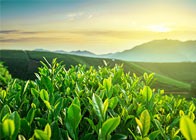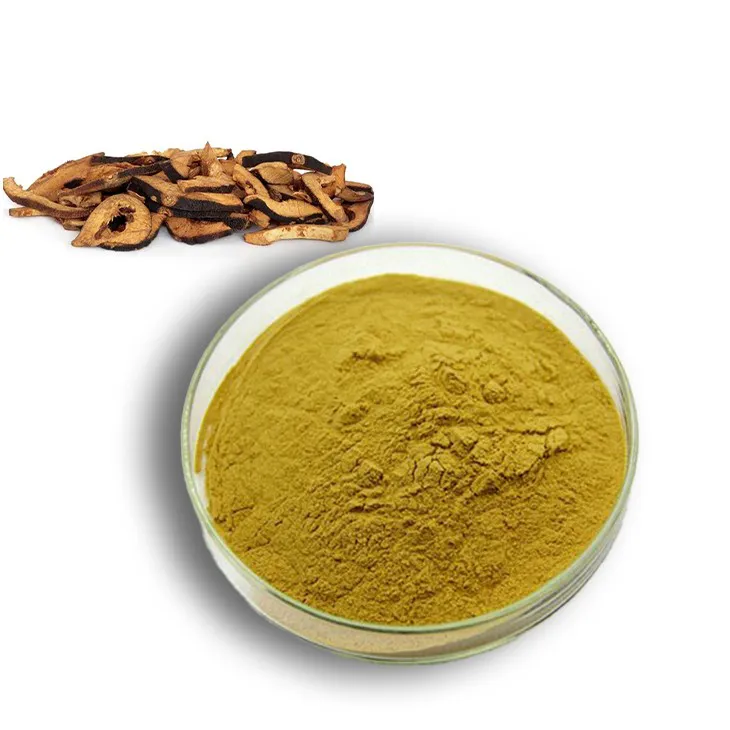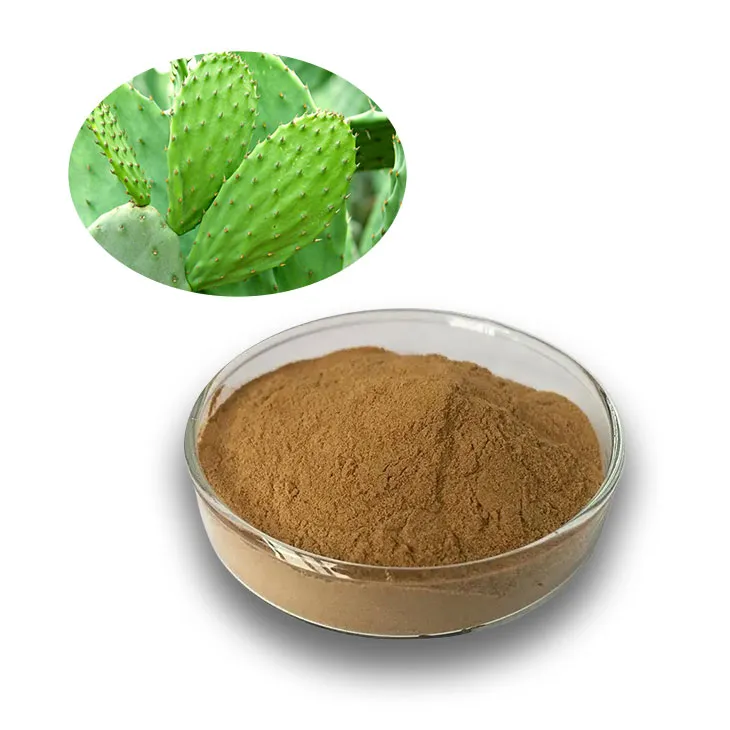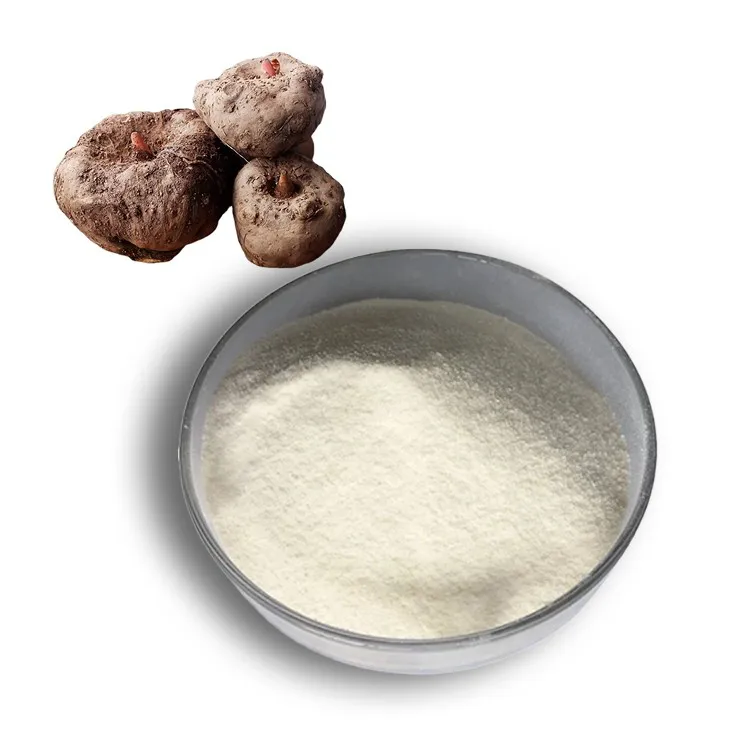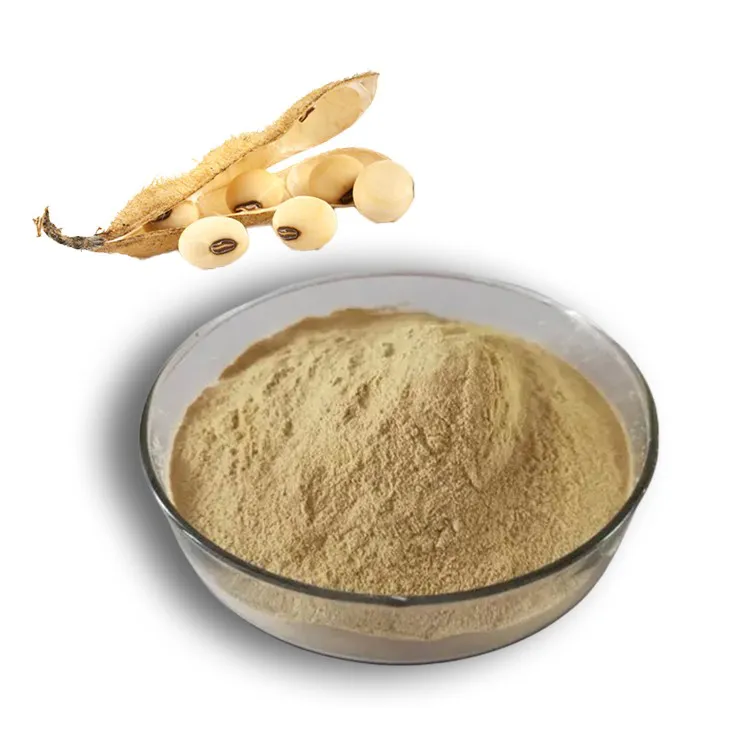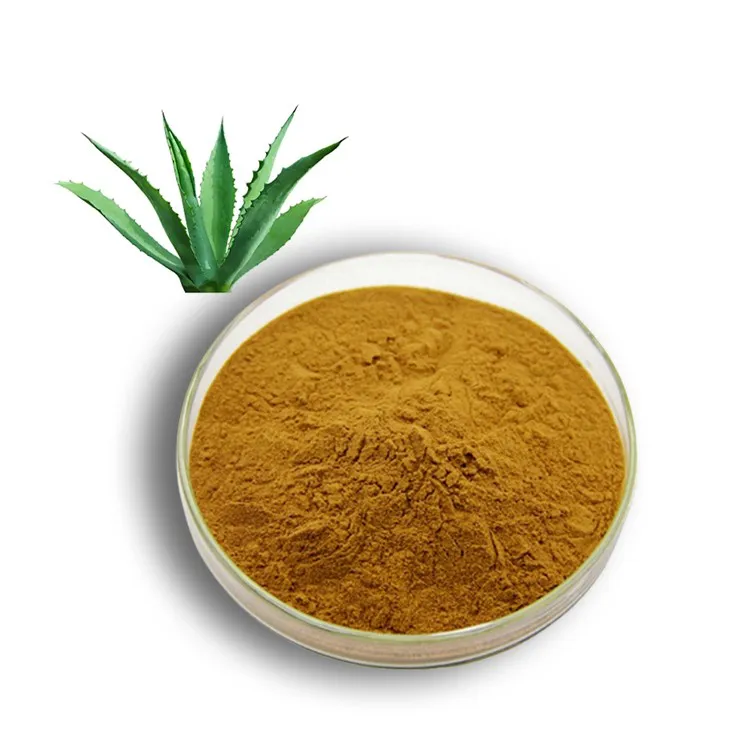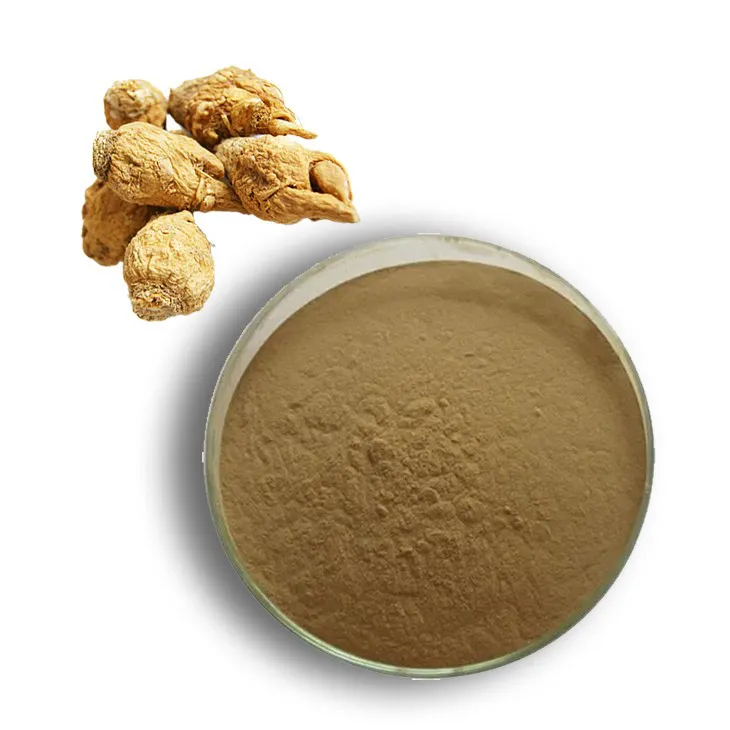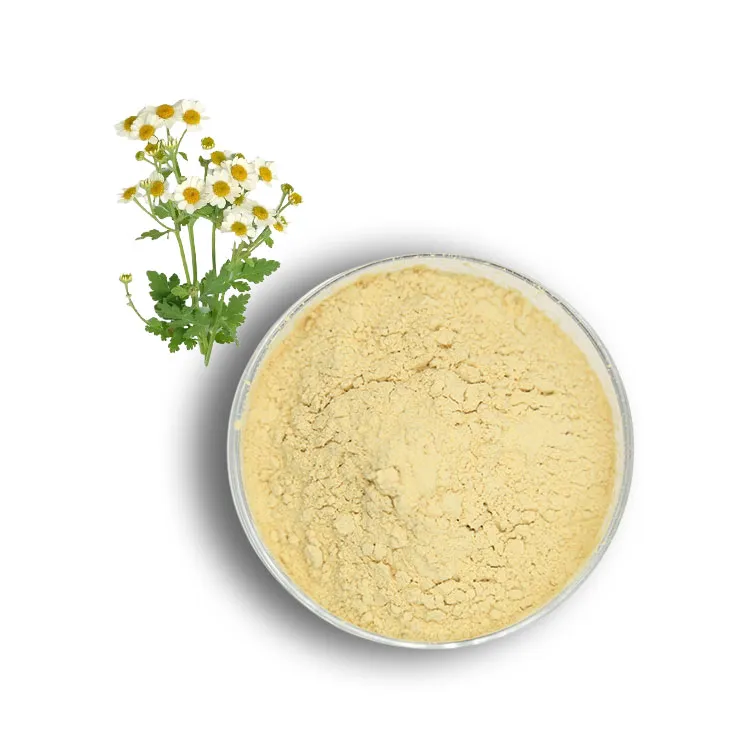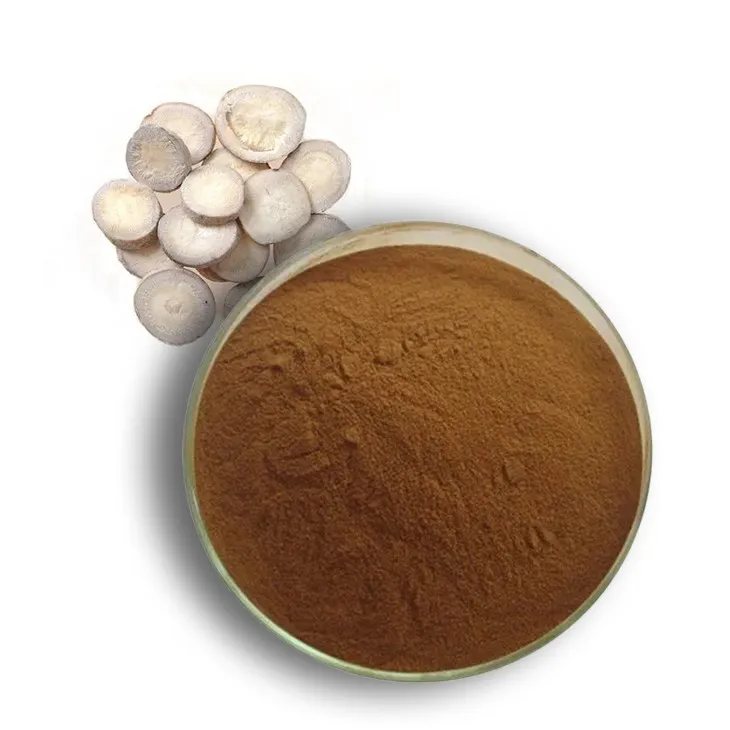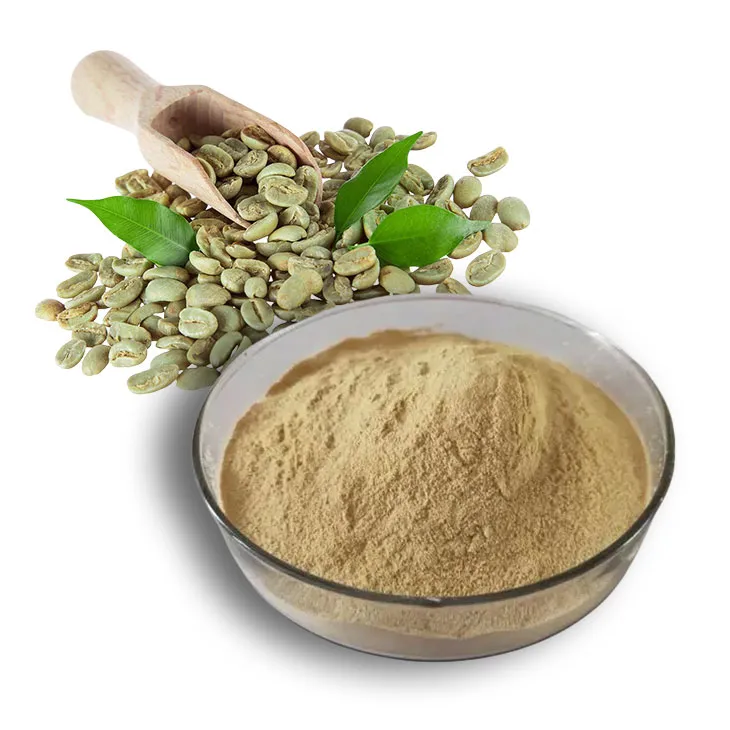- 0086-571-85302990
- sales@greenskybio.com
How long do plant extracts last?
2025-07-20
Plant extracts, derived from various parts of plants, have gained popularity for their use in cosmetics, health supplements, and traditional medicine. These natural products are valued for their therapeutic properties, including antioxidant, anti-inflammatory, and antimicrobial effects. Given the widespread use of plant extracts, understanding their shelf life is crucial for ensuring efficacy, safety, and quality. This article explores the factors that affect the longevity of plant extracts, how long they typically last, and best practices for storage to maximize their lifespan.
Understanding Plant Extracts
Plant extracts are concentrated preparations obtained from the maceration or extraction of plant materials such as leaves, flowers, roots, and seeds. The extraction process aims to isolate specific compounds, such as essential oils, flavonoids, alkaloids, or other bioactive components, which are believed to offer health benefits. These extracts are then used in various products, ranging from herbal remedies to skincare formulations.
Shelf Life of Plant Extracts
The shelf life of plant extracts can vary widely depending on several factors such as the type of extract, the method of extraction, and the storage conditions. Generally, plant extracts can last anywhere from one to several years, but assessing stability involves considering specific characteristics:
1. Type of Extract: The type of compound extracted influences how long the extract will remain potent. For instance, alcohol-based tinctures typically have a longer shelf life (up to 5 years or more) due to alcohol's preservative properties. In contrast, aqueous extracts or those containing water may have a shorter shelf life, usually between 1-2 years, due to the higher risk of microbial growth.
2. Method of Extraction: The method used to obtain the extract can impact its stability. Solvent extraction, steam distillation, and cold pressing each have different effects on the chemical stability of the extracted compounds. For example, heat-intensive methods may degrade certain volatile compounds, affecting the overall shelf life.
3. Purity and Concentration: Extracts that are more concentrated and free from impurities generally last longer. Impurities or low concentrations can lead to quicker degradation and spoilage.
4. Presence of Additives: Many commercial plant extracts contain preservatives or antioxidants to extend their shelf life. Such additives can slow down oxidation and microbial growth, helping maintain the extract’s efficacy over time.
Factors Affecting Stability
Several environmental factors play a role in the stability and longevity of plant extracts:
1. Temperature: High temperatures can accelerate chemical reactions, leading to degradation of oils and other components. Cool, stable temperatures are ideal for maximizing shelf life.
2. Light: Exposure to light, especially ultraviolet (UV) light, can cause photo-oxidation, breaking down sensitive components. Using dark or opaque containers helps protect extracts from light damage.
3. Oxygen: Oxidation is a major cause of deterioration for many plant extracts. Oxygen can react with the compounds, leading to rancidity or loss of potency. Airtight containers minimize oxygen exposure.
4. Humidity: Excessive moisture encourages microbial growth, especially in water-based extracts. Keeping extracts in dry environments helps preserve their quality.
Storage Best Practices
Proper storage can significantly extend the life of plant extracts. Here are some guidelines to follow:
1. Use Appropriate Containers: Store extracts in dark, glass containers to protect them from light and avoid chemical reactions with plastic. Ensure the containers are airtight to limit oxygen exposure.
2. Maintain a Cool, Dry Environment: Keep extracts away from direct sunlight and sources of heat. A cool, dry cupboard or refrigerator is ideal for preserving their integrity.
3. Regularly Inspect Extracts: Routine checks for changes in color, consistency, or smell can help identify spoilage. If an extract appears cloudy, has developed an off odor, or shows signs of separation, it may be time to dispose of it.
4. Labeling: Clearly label containers with the product name, concentration, extraction date, and any preservatives used. This assists in tracking shelf life and rotation of stock.
When to Use or Discard
While many plant extracts have a relatively extended shelf life, monitoring and adhering to expiration dates is crucial. Using extracts past their prime can result in reduced therapeutic effects and may pose health risks, particularly if spoilage has occurred. Discard any extract that exhibits signs of spoilage, and prioritize using older stock before opening new batches.
Conclusion
The longevity of plant extracts is influenced by various factors including their type, extraction method, storage conditions, and environmental exposure. While plant extracts can last from one to several years, following best practices for storage significantly impacts their efficacy and safety. By paying attention to factors like temperature, light, and container selection, users can maximize the shelf life of their plant extracts. For those utilizing these botanical products, maintaining their quality ensures that the health benefits plant extracts offer are preserved. Understanding and respecting storage guidelines is key to unlocking their full potential.
- ▶ Hesperidin
- ▶ Citrus Bioflavonoids
- ▶ Plant Extract
- ▶ lycopene
- ▶ Diosmin
- ▶ Grape seed extract
- ▶ Sea buckthorn Juice Powder
- ▶ Fruit Juice Powder
- ▶ Hops Extract
- ▶ Artichoke Extract
- ▶ Mushroom extract
- ▶ Astaxanthin
- ▶ Green Tea Extract
- ▶ Curcumin
- ▶ Horse Chestnut Extract
- ▶ Other Product
- ▶ Boswellia Serrata Extract
- ▶ Resveratrol
- ▶ Marigold Extract
- ▶ Grape Leaf Extract
- ▶ New Product
- ▶ Aminolevulinic acid
- ▶ Cranberry Extract
- ▶ Red Yeast Rice
- ▶ Red Wine Extract
-
Citrus Aurantium Extract
2025-07-20
-
Garcinia Cambogia Extract
2025-07-20
-
Cactus Extract
2025-07-20
-
Konjac Powder
2025-07-20
-
Soy Extract
2025-07-20
-
Aguaje Extract
2025-07-20
-
Maca Extract
2025-07-20
-
Feverfew Extract
2025-07-20
-
White Peony Extract
2025-07-20
-
Green coffee bean Extract
2025-07-20

